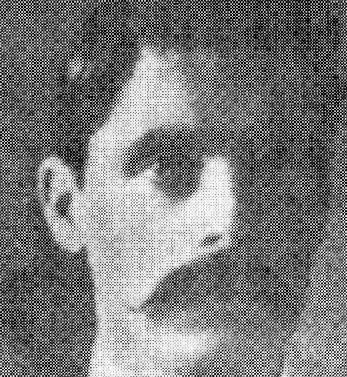Confusion, after the calling-off of ‘manoeuvres’ by the Irish Volunteers leader Eoin McNeill, and the subsequent lack of manpower on that Easter Monday caused great confusion and consternation in the implementation of Plunkett’s IRB insurrection plans of 1916.
Even in Dublin no effort was made to seize a number of strongpoints including Dublin Castle, Trinity College and the Shelbourne Hotel. The latter error proved crucial to Michael Mallin, Commandant (with Countess Markievicz) of the unit that took St Stephen’s Green.
Soon after, Mallin found himself staring into the mouths of machine guns which the British mounted in the Hotel when they took it instead. The insurgents, retreating through mounds of tulip beds, eventually found refuge in the College of Surgeons. Their subsequent sturdy defence there indicated how much better they might have performed had the Shelbourne been seized too.
Ironically Countess Markievicz later survived the show trials though Mallin did not. Her title and gender may have saved her, as De Valera’s American citizenship saved him.
…
Michael Mallin was born in Dublin on 1 December 1874. Mallin was second in command of the Irish Citizen Army under James Connolly and commanded the garrison at St. Stephen’s Green in Dublin, with Constance Markiewicz as his second in command.
Mallin had enlisted in the British Army as a boy soldier/drummer boy in his early years and served for many years in India. His experiences there radicalised him and he became a leading official (Secretary) in the Silk Weavers Union upon his return to Ireland and his acceptance of the post of second in command and chief training officer of the Irish Citizen Army. For a time too he was a shop owner. However, due to poverty the shop was forced to close in 1913.
The ICA was formed after the 1913 general strike in Dublin to protect workers from the RIC and also from employer-funded strike-breaking gangs.
Mallin surrendered on Sunday, 30 April 1916 when ordered to do so by Connolly.
At his court-martial he attempted to downplay his involvement. This was perfectly understandable and legitimate. He was a young father of four children and his wife was pregnant with a fifth.
In his own statement to the Tribunal, Mallin projected himself as a mere tradesman and band leader who had almost by chance become involved in the Irish Citizen Army and the Rising. He sought to exculpate himself from blame by suggesting that he was a mere dupe, obeying orders and ignorant of Connolly’s plans for insurrection.
He stated: “I have no commission whatever in the Citizens Army. I was never taken into the confidence of James Connolly. I was under the impression that we were going out for manoeuvres on Sunday.” Once aware that there was to be a rising he claimed that he covertly tried to subvert it.
He also claimed that Countess Markiewicz was in command, and not second in command to him, and that she had commanded him to take charge of the men on the Monday. [This would not have put her in any more danger than she already was.]
However Mallin was convicted and executed by firing squad on 8 May 1916. The prosecutor at his court martial was a Captain Blackadder. In his last letter to his wife, Mallin stated that,
“I find no fault with the soldiers or the police,” and admonished her, “to pray for all the souls who fell in this fight, Irish and English.” He commented, “so must Irishmen pay for trying to make Ireland a free nation.”
